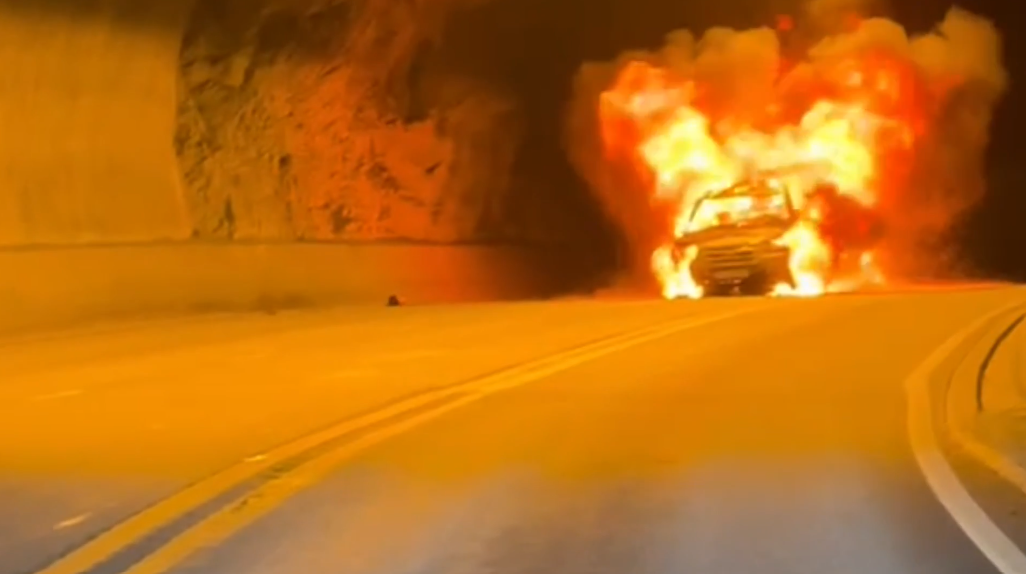The Weekly Reflektion 19/2025
That the tunnels we drive through are safe is a given, isn’t it, or is it? We expect that they meet the requirements that are set out in the regulations, just as when we work offshore, or any other place that has hazards or potentially hazardous situations

Do you think about your safety before you drive into a long tunnel?
In Norway, tunnel risk arguably represents a larger risk than offshore oil and gas activity risk, but does it get the attention it deserves from the authorities and from the people that use the tunnels? Norway has already a large proportion of the road tunnels built in Europe. In the Stavanger area, work has started on the 27 km long ROGFAST E39 tunnel project. There hardly seems to be a month go by without reports of a tunnel fire, and, while most are minor incidents, more serious consequences may be around the next corner.
The EFTA Surveillance Authority (ESA) monitors compliance with European Economic Area (EEA) rules in Norway, enabling participation in the European Internal Market. ESA concluded in 2020 that 68 road tunnels in Norway do not conform with the regulations. Only 8 of the 1200 tunnels have restrictions on the movement of dangerous loads. In addition to the many tunnels not meeting the regulations, how many of us using these tunnels know what is expected of us in the event of a fire?
On the morning of 24 March 1999, 39 people died when a Belgian transport truck carrying flour and margarine through the 11 km long Mont Blanc Tunnel between France and Italy, caught fire in the tunnel. The drivers and passengers trapped in the tunnel did not know what they should do. Most drivers that were trapped in the tunnel rolled up their windows and waited for rescue. All of themdied. The ventilation system in the tunnel drove toxic smoke back down the tunnel faster than anyone could run to safety. Some tried to escape on foot but died in the attempt. The fumes quickly filled the tunnel and restricted oxygen, disabling vehicles including fire engines which, once affected, had to be abandoned by the firefighters. Many drivers near the blaze who attempted to leave their cars and seek refuge points were quickly overcome due to toxic components of the smoke, mainly hydrogen cyanide.Temperatures in the tunnel reached 1000 0C melting the asphalt, and the fire burned for 53 hours.
The Norwegian Public Roads Administration (Statens Vegvesen) gives the following advice when driving in tunnels:
• Use the emergency telephones, not cell phones
• Use the provided fire extinguishers, which automatically alerts the authorities
• Never drive into a closed tunnel or one with flashing red lightsat the entrance
• Pay attention to available safety equipment and escape routes, and listen to the radio
Each of us should consider our options before driving into a long tunnel. Filter masks in the car may give you an advantage. Checking which tunnel exit is closest will be advisable, but it may be safer to go the other way depending on conditions at the time. There may be safety refuges within the tunnel so pay attention to these as well as escape tunnels. It is a boring drive through these long tunnels, so use the time to focus on these issues. Make sure you pay attention to the driving as well.
Use your risk management techniques to plan your drive through long tunnels, it may give you that safety margin for you and your family to survive. Thanks to Lonan Kierans and Proactima for the input which triggered this Reflektion.
